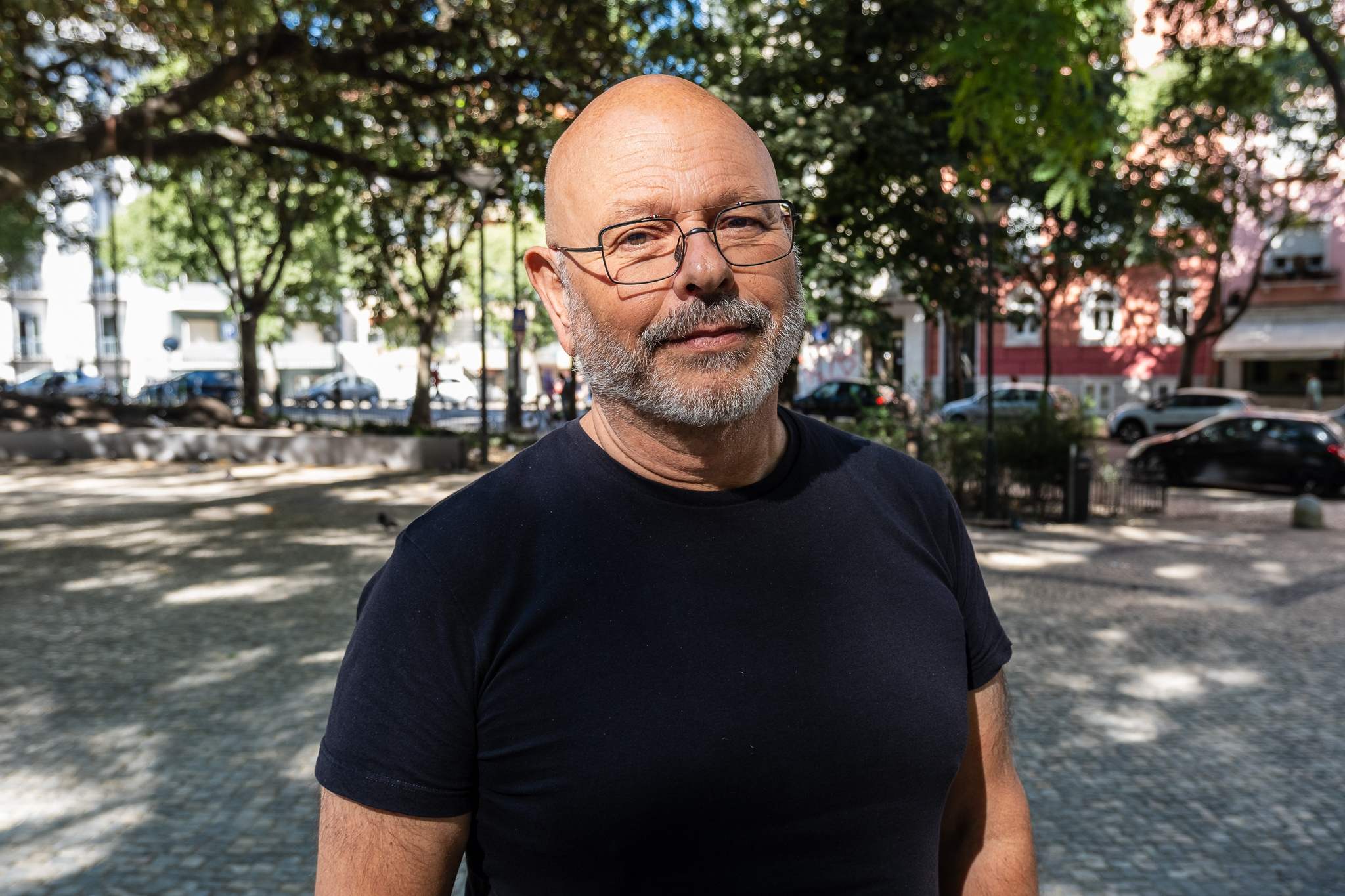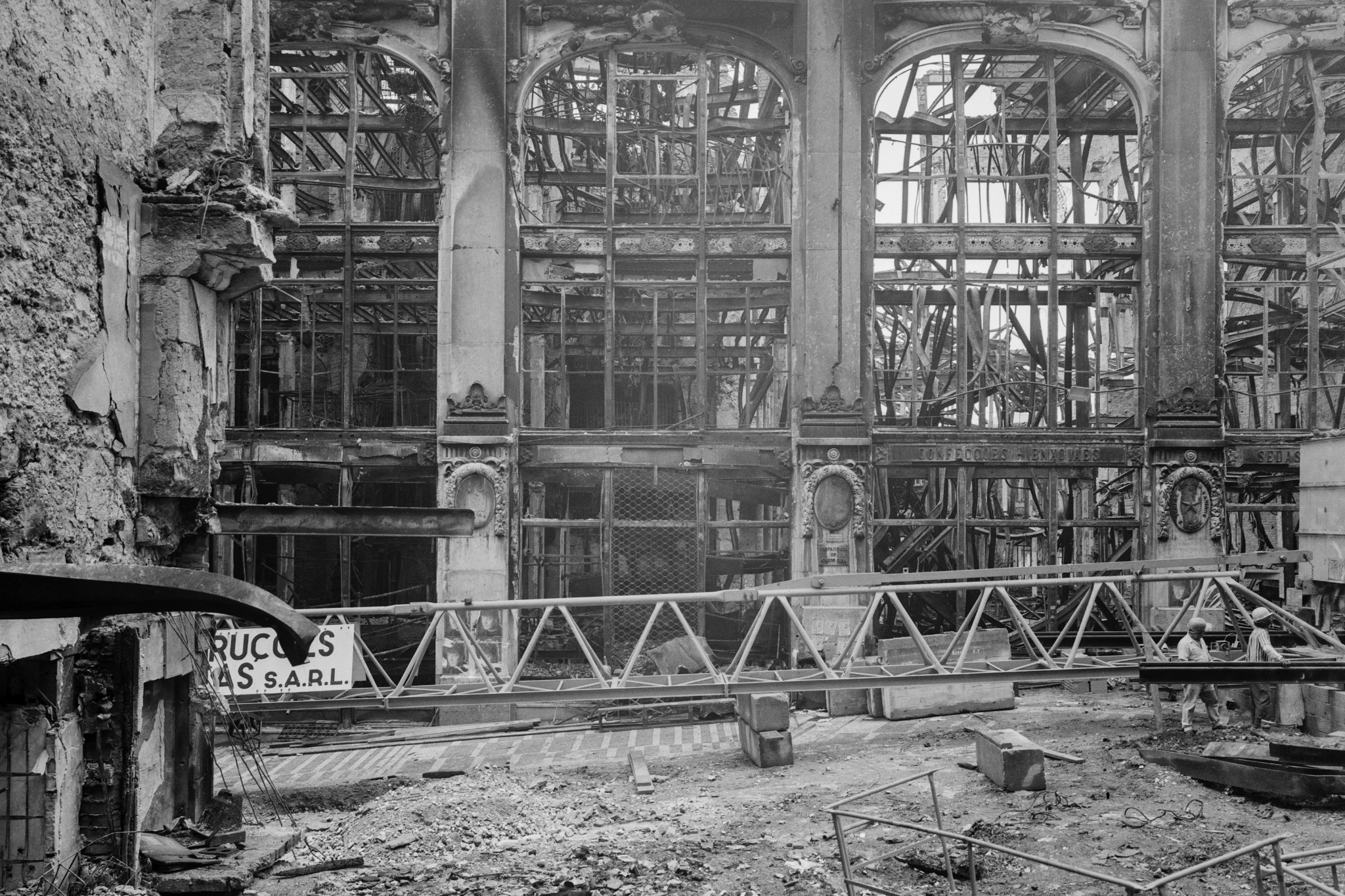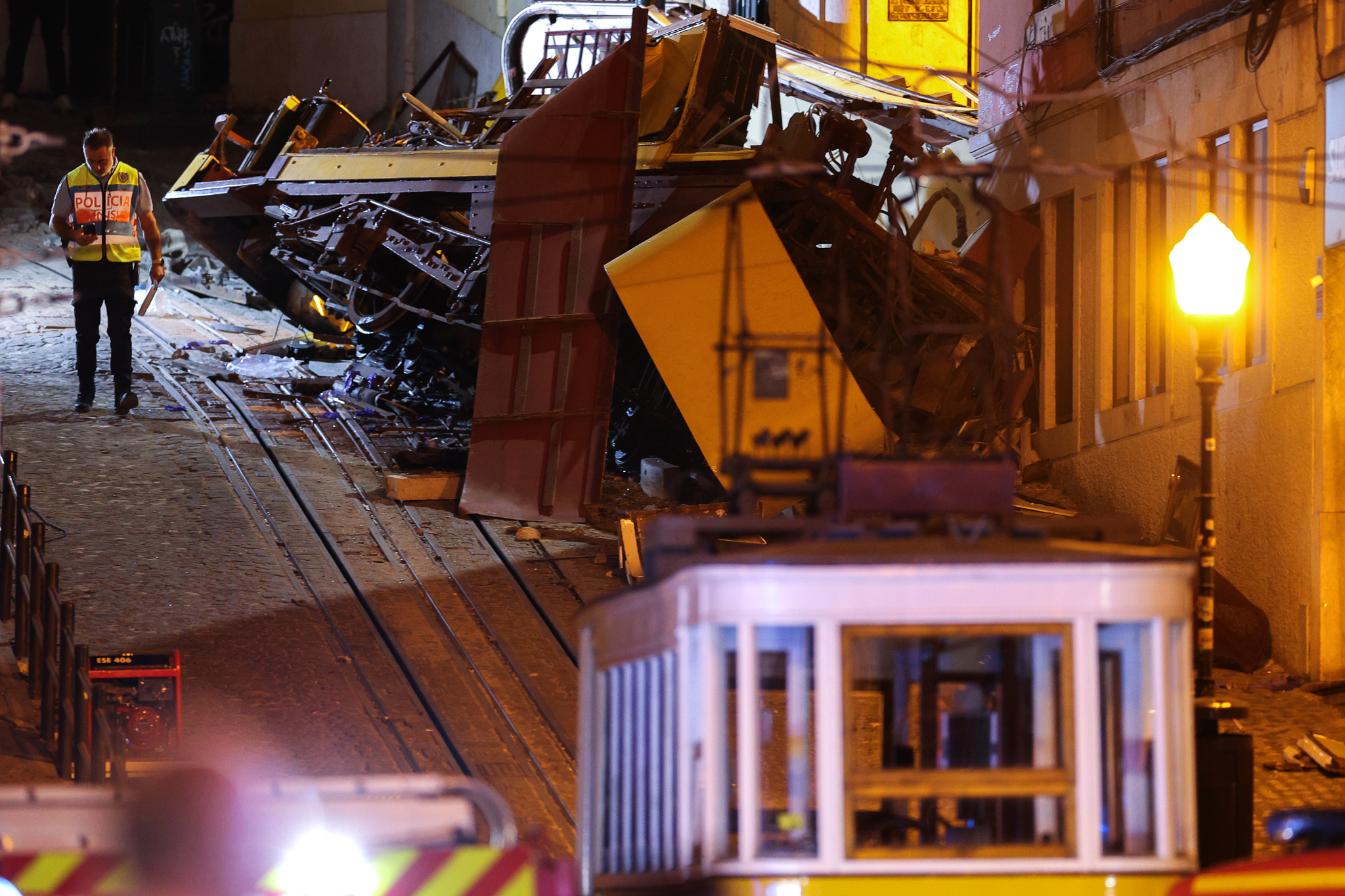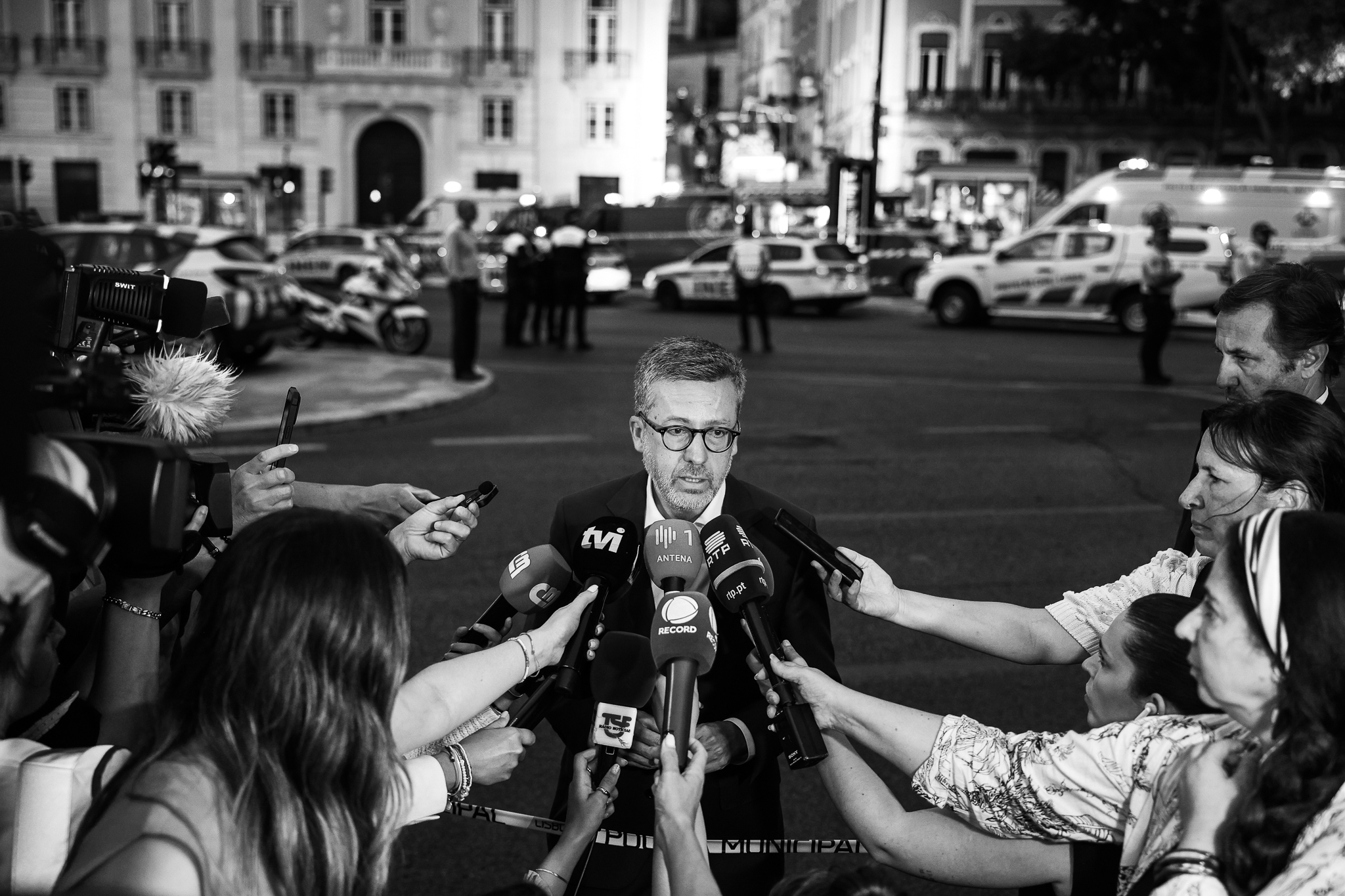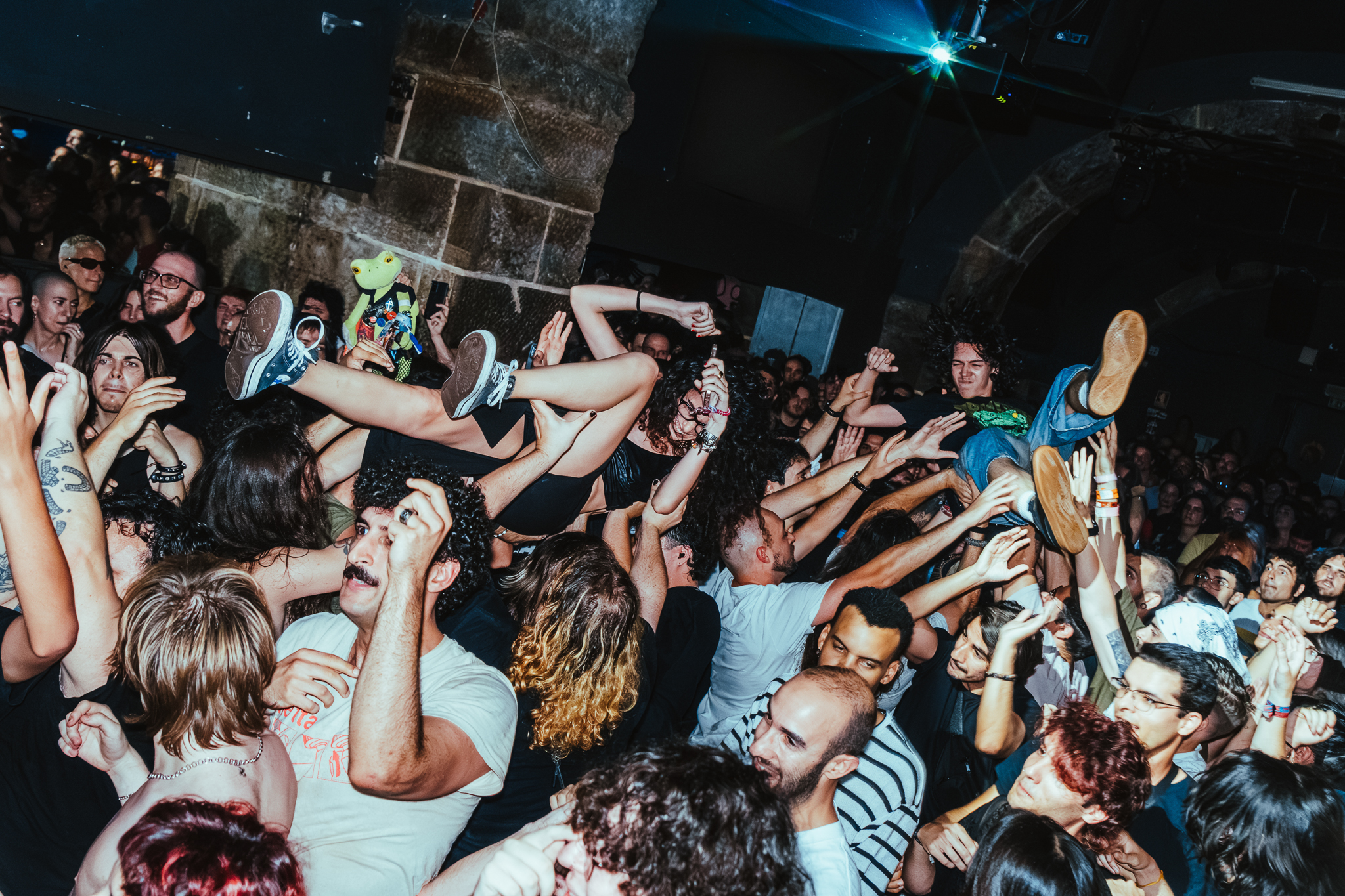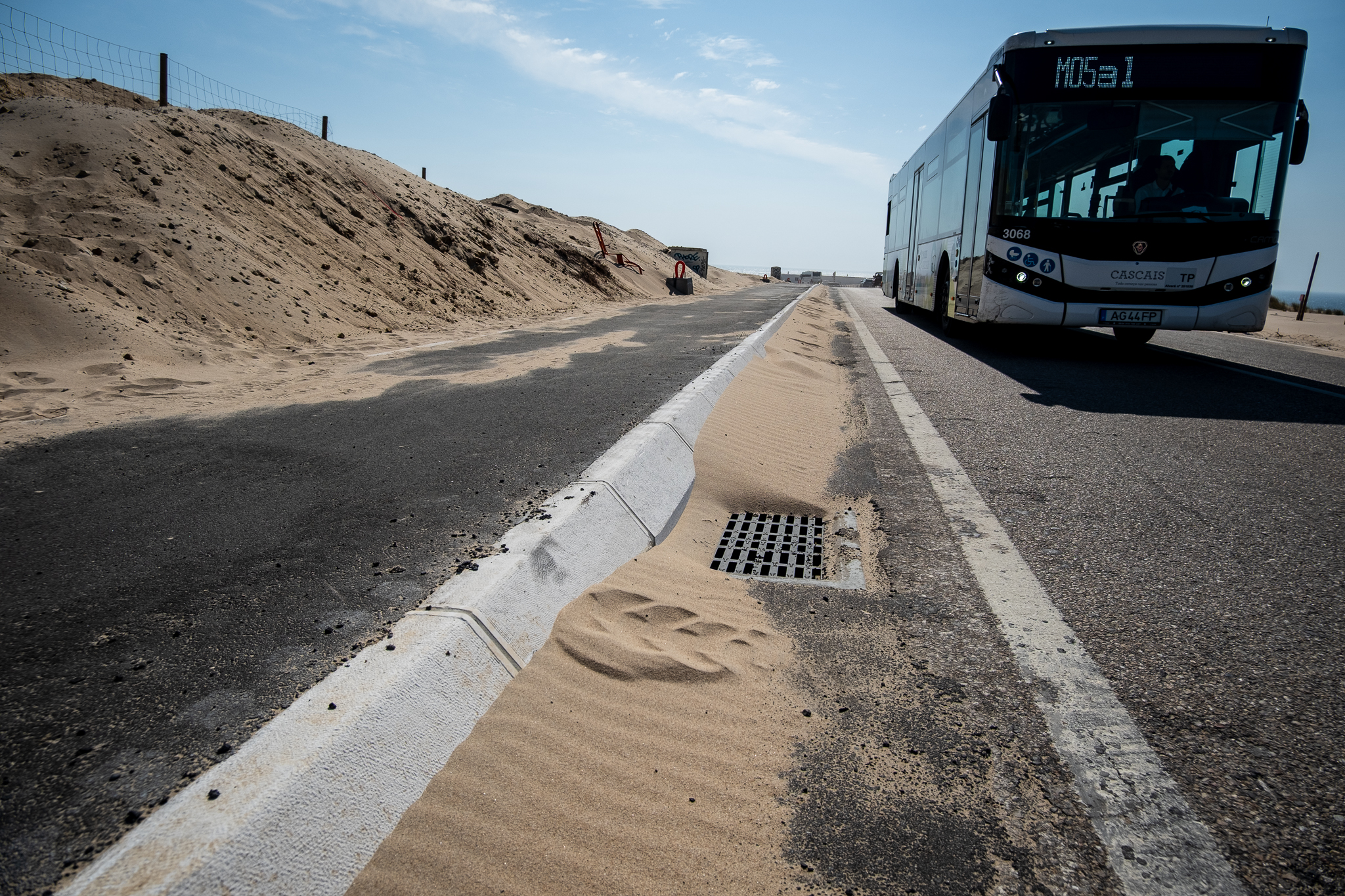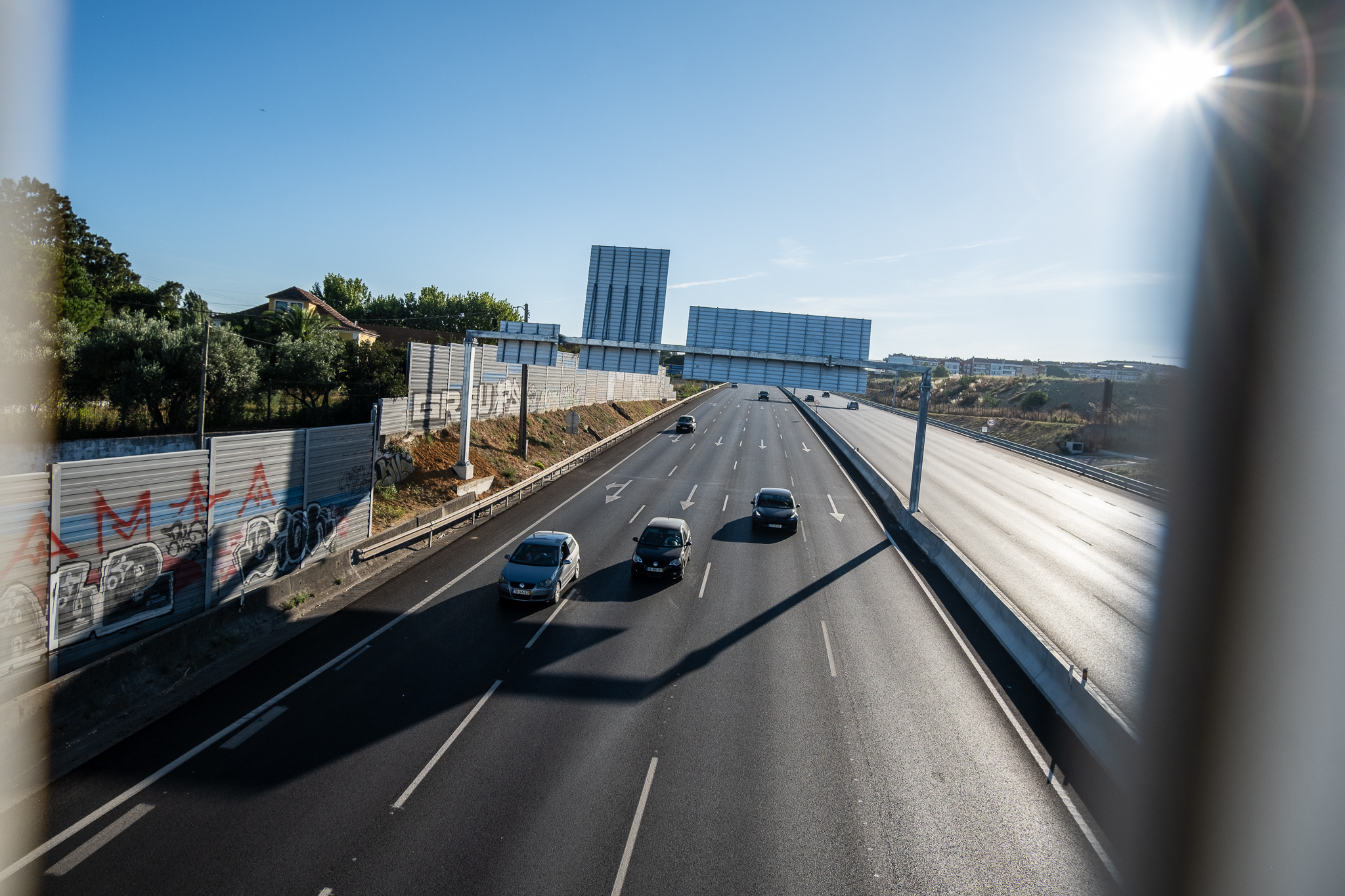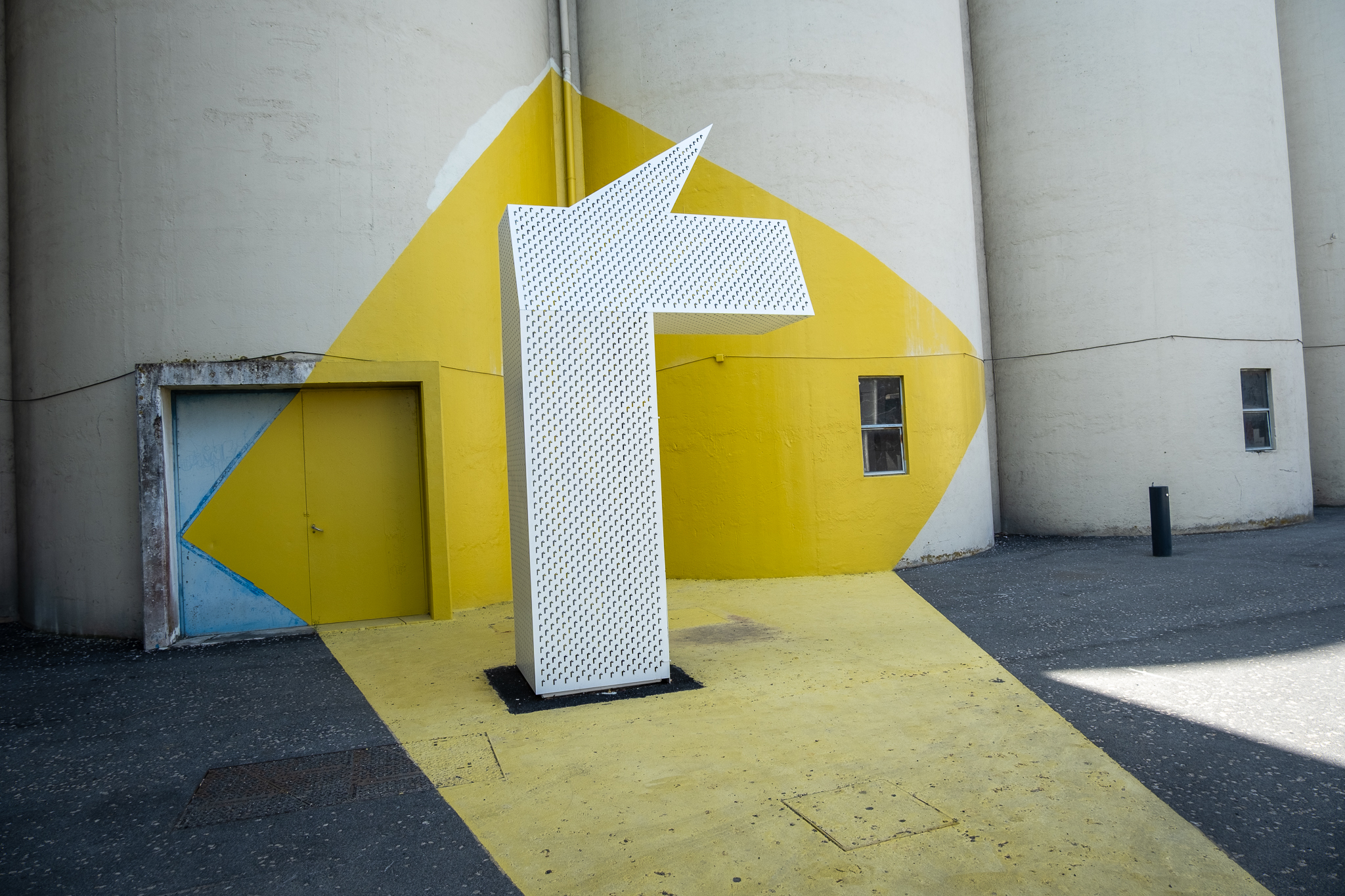The Minister of the Environment, Duarte Cordeiro, responsible for the public river transport in the capital, acknowledged the existence of problems and said that "everything is being done" to solve the constraints in the TTSL operation.
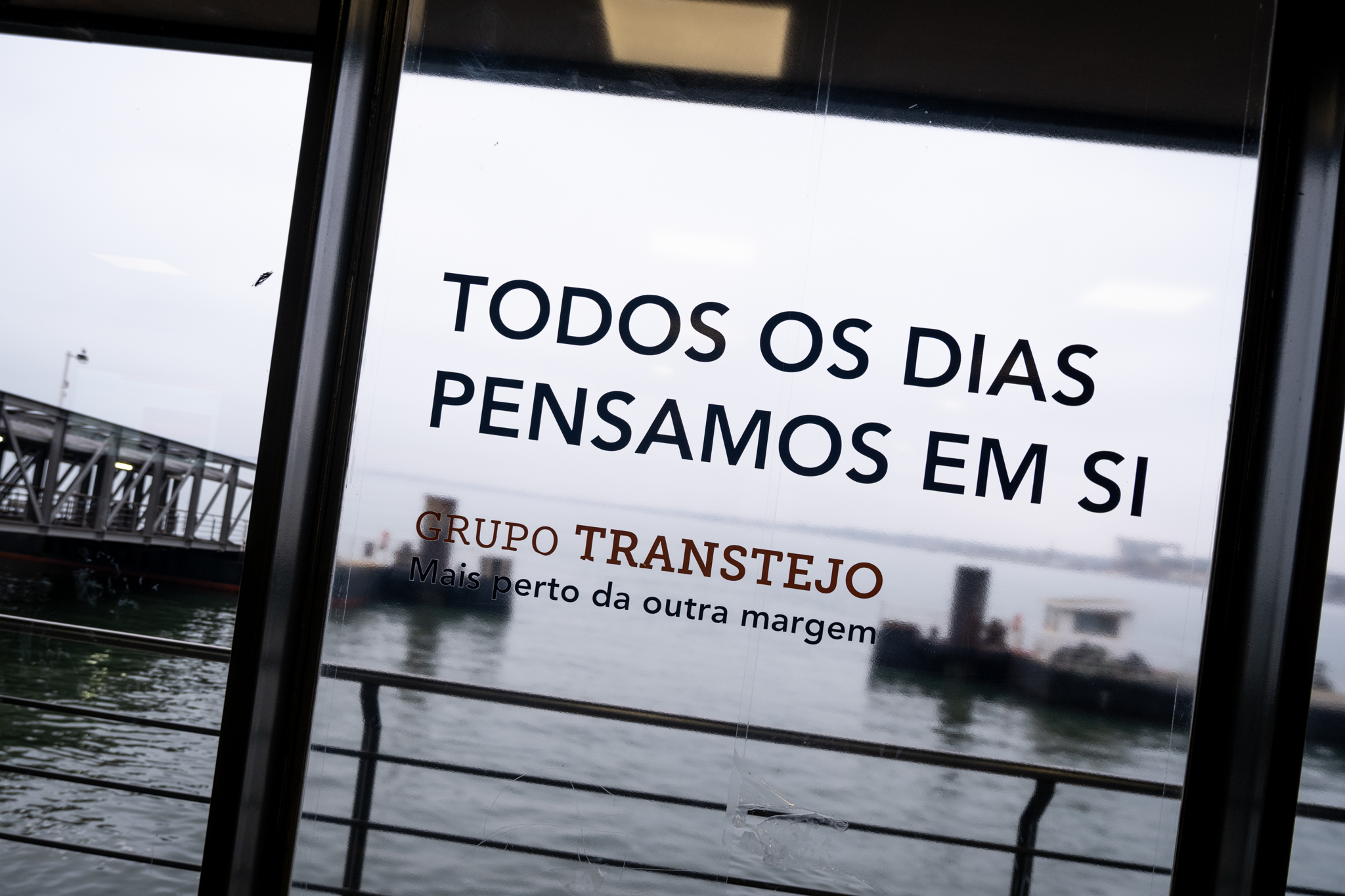
At announcement page from the TTSL website, there is a message that repeats itself: "Due to technical constraints in the fleet, it is not possible to guarantee the realization of all the planned routes". Since the beginning of 2023, the disturbances have been especially felt in the Seixal and Montijo connections. But the problems in the operation of TTSL, which makes the river connection between Lisbon and the South Bank, have already dragged on for long months.
In early February, the Minister of the Environment, Duarte Cordeiro, who oversees the TTSL (Transtejo Soflusa) said in Parliament that "everything is doing" to solve the constraints in the capital's river operation. "We have to recognize that there is a problem in the operation of Transtejo and Soflusa, companies that ensure the river connections between Lisbon and Montijo, Barreiro, Seixal and Almada. In saying this, the The government is acknowledging the existence of a problem that it has been working to overcome in three dimensions: fleet, operation, and human resources“, stated Duarte Cordeiro on February 8 at the Commission of Economy, Public Works, Planning and Housing.

The Minister of Environment was called within the scope of two requests, one presented by BE and the other by PCP. The bloquistas asked for the urgent presence of the responsible after a collision suffered by the ship Gil Vicente on January 4; this vessel, which ensures connections between Lisbon and Barreiro, was temporarily immobilized after a collision involving a boat of the Maritime Police, which resulted in constraints on that river "bridge". for about a month. "But the problems are not limited to the effects caused by the collision. In their regular activity several crossings have been suppressed."wrote the BE parliamentary group.
The request presented by the PCP was along the same lines: "The reality of the public service provided by Transtejo and Soflusa has been demonstrating the unacceptable problems for the population and users. The suppressions of careers succeed each other and have become events, not occasional, but daily".you could read in the document. "Users have been expressing their revolt and indignation at a service that has become unpredictable and that confronts passengers with delayed or cancelled trips on crowded ships where, many times, those who present themselves at the terminal cannot even pass through to the departure lounge, due to overcrowding and successive delays. Thus, the populations are condemned to unreliable transportation, which 'invites' to individual transportation those who can resort to it."
The communists said, in the parliamentary document, that between January 1st and October 31st 2022, 3250 careers in Transtejo were suppressed due to the inoperability of the ships and about 1750 careers due to the lack of workers; and in Soflusa 1200 careers were suppressed due to the inoperability of the ships and 2800 careers due to the lack of workers. Transtejo and Soflusa share the same administration and resources, forming a single operator, TTSL (Transtejo Softlusa).
Trade Union Denounces Stalled Ships
A SIC Notícias report from December indicated that there are several ships berthed in Cacilhas waiting for a solution, and some don't have one. João Cirne, from Union of River, Coastal and Merchant Marine Transport (STFCMM)In the same piece of work, he said that there are no reserve boats in Transtejo and that every boat that can be found is put into service to replace another one that is worse than it is. According to the same union responsible, there are normally three boats in Cacilhas, two in Seixal, two in Montijo and one in Trafaria; and that, in minimum operation conditions, Transtejo has operated with only two boats in the Cacilhas connection, with only one boat in the Seixal and Montijo connections, and in Trafaria there is no boat available at all. as Lisboa Para Pessoas reported here.

In a parliamentary hearing on February 1stAt the request of the PCP, Carlos Costa, also from STFCMM, lamented that "with the reduction of the social pass" you haven't "given the public the continuation of excellent service". For the unionist, TTSL's service was "an excellent service for consecutive years" but it has been degrading. "In 2018, the Transtejo Softlusa fleet together totaled 26 ships, 19 pontoons and nine passenger access terminals. Currently, there are only 14 operational ships and 12 certified pontoons (many are no longer certified). 50% of the fleet has been reduced, either by aging or unrecoverable breakdowns. The remaining ships serve as parts for those in operation"described Carlos Costa. "There are cases of ships stopped for about three years. This is the case of the Pedro Nunes that has been rotting for three years in Barreiro without any kind of intervention scheduled. It is also the case of the Lisbonense, which was almost to be scrapped and has been stopped for almost two years.he added. The Lisbonense is one of the two ferries that used to make the connection between Belém and Trafaria, passing through Porto Brandão. The other is the Almadense. "When the Almadense needs to do maintenance, the public car transport service is suspended. If there is no other conventional ship to transport passengers, the service is completely suspended along the entire Trafaria line"., as happened just last year for seven days.
"There are lines that are losing passengers. This is the case of the Montijo, Seixal and Trafaria lines. Little by little, even the Cacilhas line, which should have three ships in service, only has two, and many times only one. And this leads to the disappearance of passengers to the personal car".summarized the STFCMM responsible. On the other hand, Paulo Rodrigues, representing the Soflusa Workers' Commission, mentioned that the recently increased manning on the ships on the Lisbon-Barreiro link opened "a technical problem that is putting lives at risk" and mentions that it was performed "without having done a study based on physics and maritime safety". According to the representative, "we went from 600 passengers to 700 in capacity, and we increased each Soflusa ship. an average of 7 and a half tons".. "We cheat data, we vitiate data. The ships have a strange behavior and the authorities had cronyism to do this situation, namely DGRM"Paulo Rodrigues denounced. "Masters are not heard, machinists are not heard, those who understand are not heard."
Waiting for the new ships
During Duarte Cordeiro's hearing, which took place on February 8, a week after the hearing with the workers' representatives, the Minister of the Environment said that ships will continue to be recovered and that the Gil Vicente "will return to service in April". "In Cacilhas are needed three cacilheiros, plus one in reserve, there are two. In May we will have three and in June four. In Montijo and Seixal are needed 2+1. We have two, until May three. Already in Trafaria we have 1+1 and at this moment we have one, there is no reserve".the policymaker, who is in charge of TTSL, listed.
The government and the TTSL management are waiting for the 10 new electric boats that will reinforce and replace the aging river fleet. The reception of the first of these boats - the Leader ship - is expected by the end of this month of March, as the Minister mentioned and as TTSL reiterated to Lisboa Para Pessoas. "And by the end of the year, three more ships are expected to be delivered by the shipyards. The entry into service of the new electric ships will occur after their arrival and the training of the respective crews, but no effective date has yet been established.said the company.
TTSL will have four ships in its hands this year, with another four arriving in 2024 and the remaining two in 2025. Note that the Government's initial expectation was that the first electric ships would go to the Tagus still between the end of 2022 and the beginning of 2023. The contract for the construction and supply of charging stations for the new fleet was only awarded in September last year for about 14.4 million Euros.
"The new electric fleet will be served by five fast charging stations located at the river terminals of Seixal, Cais do Sodré, Montijo and Cacilhas"TTSL also said. "These structures are expected to be operational during the second half of this year. Until then, during the training phase of the crews, a slow loading system will be used, at the Cacilhas dock." The battery of the new fleet should have an autonomy of more than 1 hour and 20 minutes, at the commercial speed of the service (about 30 km/h). On slow charging, the recovery of the full charge is eight hours. In fast charging, between runs, it takes an average of six minutes to charge the batteries.
In Parliament, Duarte Cordeio also said that the salaries in the company are being negotiated with the representative structures of the workers, and that, on February 8, two workers were in the process of being hired. There were still 15 vacancies in Transtejo, which has admitted 27 workers in the last two years, while in Soflusa 16 workers were admitted and there are 15 more vacancies in the recruitment process. Cordeiro also admitted that the demand for public transportation "is still below pre-pandemic levels"although the numbers are "more positive, knowing that one is transporting more but still far from the operation" in previous years.
Indeed, preliminary data from the National Institute of Statistics (INE) on transport activity in 2022 report that passenger transport grew in all modes in 2022, but has not yet returned to the usage levels seen in 2019, the last year before the Covid-19 pandemic, "The preliminary 2022 results show growth in passenger transport by air (+121.7%; +39.2% in 2021), by rail (+42.1%; +18.1% in 2021), by metro (+58.5%; -2.4% in 2021) and by inland waterways (+42.5%; +2.0% in 2021). Compared to 2019, variations of -5.6%, -2.1%, -19.3% and -16.8%, respectively, were recorded.", says INE in a communiqué.


